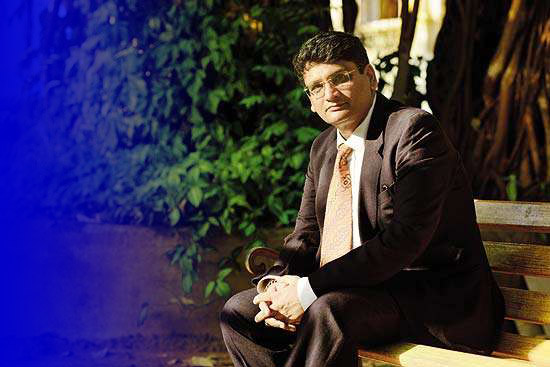
Make no mistake…The 28 year old Russian Maria Sharapova is a stunner as you’ll can see but now she’s stunned all of us with admitting to failing the drug test at the Australian Open in January 2016
I’ve been a great fan of Tennis Superstar Maria Sharapova & willed her on to win everytime she steps on court …even let it be in 2014 when she did not know who Sachin Tendulkar was and later apologised for it !
But…
Her failing drug tests at the Australian Open raises serious Questions
Sharapova says she has been taking Mildronate,also known as Meldonium for 10 years after she was regularly falling ill. She had a magnesium deficiency and family history of diabetes.
She has apologised & taken full responsibilty in a news conference in LA
Consequences have been immediately severe :
- She has been provisionally suspended to play Professional Tennis
- Big Sponsors like Nike,Porsche & Tag Heur have suspended association with her that will cost her Millions of Dollars Endorsement Fees
While I wish this 28 year old is not forced to retire & does get to play World Grand Slam & ATP Tennis again (she can’t be suspended from wearing a bikini though!) my mind is perplexed with two questions :
Question 1
For the last 10 Years was Maria Sharapova taking Mildronate also known as Meldonium ,and prescribed by her family doctor,from 2006 because of a health issue as she claims or because it was a performance enhancing drug as identified as such by World Anti-Doping Agency (WADA) and banned from January 1,2016 ? ~ As a Tennis Superstar her Life is always under a microscope .Then why have we not heard of such a Health Issue that she yet must have for such a prolonged 10 years !?
Question 2
How many such performance enhancing drugs are yet out there which have yet not been identified as such and therefore not yet banned & therefore consumed regularly by sportspeople for unfair advantage when competing ?
Some Interesting Extracts from the Guardian on Meldonium & Extent of it’s use by Sportspeople:
- Meldonium is used to treat ischaemia: a lack of blood flow to parts of the body, particularly in cases of angina or heart failure
- It is manufactured in Latvia and only distributed in Baltic countries and Russia. It is not approved by the Food and Drug Administration for use in the United States and is not authorised in the rest of Europe
- It increases blood flow, which improves exercise capacity in athletes
- WADA found “evidence of its use by athletes with the intention of enhancing performance” by virtue of carrying more oxygen to muscle tissue
- The decision to add meldonium to the banned list was approved on 16 September 2015, and it came into effect on 1 January 2016. Wada had spent the previous year monitoring the drug before adding it to the banned list
- The drug was name-checked in the latest investigative documentary on Russian doping reforms by the German Hajo Seppelt . The documentary referred to a 2015 study in which 17% of Russian athletes (724 of 4,316) tested were found to have meldonium in their system
- A global study found 2.2% of athletes had it in their system
- It is classed as an S4 substance under the WADA code, which addresses hormone and metabolic modulators
- The standard ban under the World Anti-Doping Code is four years
- A memo was sent out to athletes by Russia’s anti-doping agency last September informing them of the decision to ban its use
- Several athletes have been suspended since the turn of 2016 after testing positive for the drug. A few of these are Abebe Aregawi, the 2013 women’s 1,500m world champion ~ Endeshaw Negesse, the 2015 Tokyo marathon champion ~ Olga Abramova and Artem Tyschcenko, two Ukrainian biathletes ~ Eduard Vorganov, a Russian cyclist ~Ekaterina Bobrova, a Russian ice dancer.

